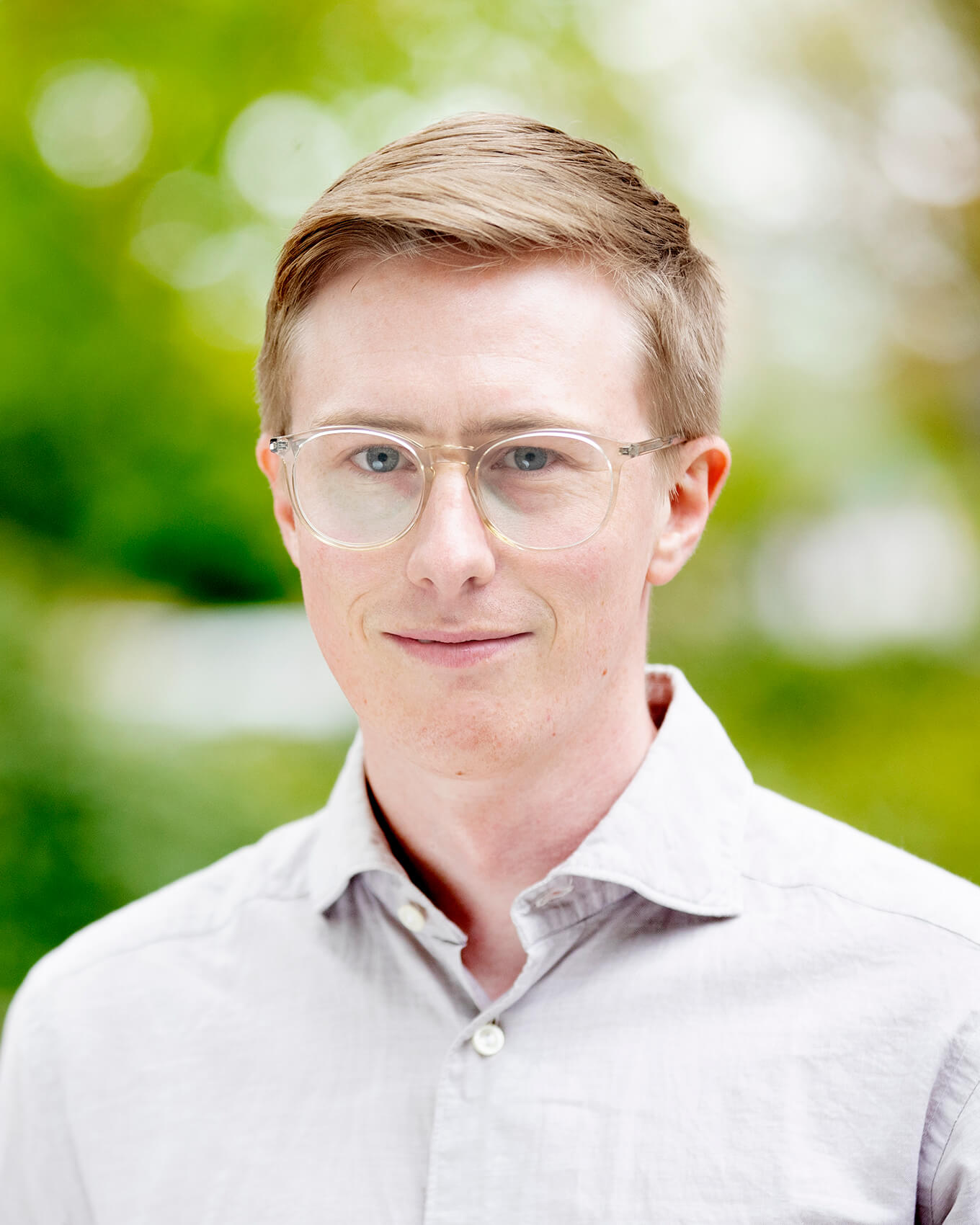The importance of involving students in modelling practices in physics
INDsigt ved Sebastian Kilde Löfgren, Department of Physics, University of Gothenburg, Sweden
Sprog: Oplægget holdes på engelsk
Language: The presentation will be in English
 Learning physics involves theoretical and experimental studies to understand the foundations of reality better. Central to these studies are working with and constructing scientific models, as they allow physicists to make testable predictions about the world. A model can appear in many different shapes, but at the core is the idea that a model is something that resembles something else, such that the model can be a valuable tool for some kind of action.
Learning physics involves theoretical and experimental studies to understand the foundations of reality better. Central to these studies are working with and constructing scientific models, as they allow physicists to make testable predictions about the world. A model can appear in many different shapes, but at the core is the idea that a model is something that resembles something else, such that the model can be a valuable tool for some kind of action.
The act of modeling is complex, requiring the modeler to move between constructing, using, evaluating, and revising a model. Further, it is crucial to understand for what purpose a model has been constructed and what built-in limitations exist for the model to be useful. In studying physics, students are constantly bombarded with various models, representations, analogies, and metaphors intended to aid the learning process. However, it is rare to discuss the developmental process of these thoroughly and to engage students actively in, for example, model creation.
In this seminar, I will introduce different ways we can explore models in science, specifically physics education, and how the strategy of model-based science can be implemented in the design of laboratory exercises and demonstrations. Then, we will explore and discuss various examples of models focusing on the abstract notion of fields and quantum mechanics.
Bio: Sebastian Kilde Löfgren is a third-year PhD student at the Department of Physics at the University of Gothenburg, Sweden. With a background as an upper-secondary physics, mathematics, and programming teacher, his research interests include student learning processes in laboratory settings and remote laboratory development. His licentiate thesis, 'The mechanical Paul trap in the upper secondary physics laboratory', explores the usefulness of a toy model of the Paul trap, the mechanical Paul trap, for learning about ion trapping in upper-secondary physics laboratories.
Tilmelding: Tilmeldingsskema

